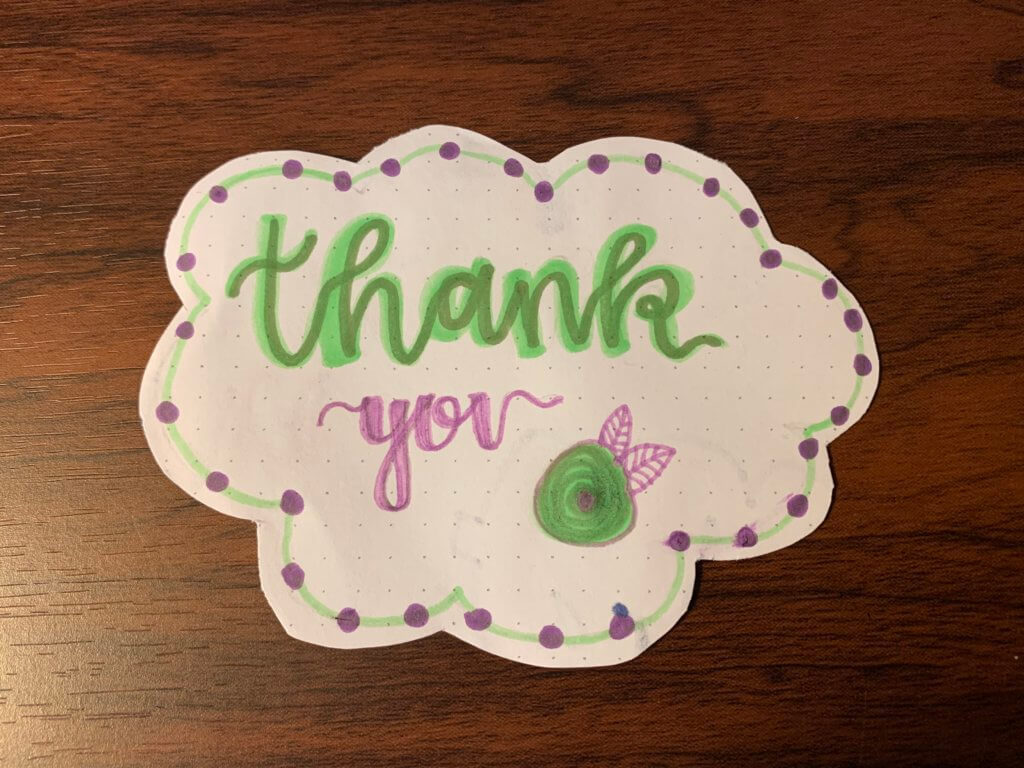
Artwork by Alyson Gray
I recently spoke to a small group about the power of gratitude: “It’s not as important when we’re happy and everything is going well. The amazing power of gratitude shines through in those hard moments – when we have to dig down really deep and assess what are the things we do still have or can still do, and be thankful for them!” This group met at the end of February and little did I, or anyone else there, know how important this would become in just a few weeks.
Today we’re all facing a new world and a new reality and many of you are on the frontlines or are working to support those on the frontlines. Collectively we’re trying to bolster and buffer the care team across the country as it surges forward caring for unprecedented numbers of patients. I’ve spoken to so many people looking for ideas and resources to help build resiliency in those care team members and have shared my suggestions. At DTA we decided to do a blog about it to help share these ideas more broadly.
Here’s the thing – it comes down to that same simple truth that I was sharing a few short weeks ago – the secret sauce, the magic power… gratitude. Not super sexy but also not unattainable. Doesn’t cost anything but it truly can change a culture. Here are a few ideas of how you can instill gratitude and in turn build resiliency at the same time:
Reinforce Leader Rounding with 3 main points:
– What’s working well?
– What do you need?
– Thank you
Leaders who can do this effectively are modeling the gratitude which builds the resiliency you’re looking to harness. We can all list what’s not going well but starting with what’s working well is a great way to kick off the conversation.
Some incident command centers are even starting with 3 Good Things each shift or huddle. For more on the connection between gratitude and resiliency check out the 3 Good Things and the work out of Duke and MidMichigan Health.
Express Gratitude in Tangible Ways
Fire up the popcorn machine and roving snack carts – gear up to go out and about. Bring food to the staff who can’t get to the cafeteria or have much time to take a break. Have whoever staffs the cart thank the staff for being there and for the hard work that they’re doing.
Place leaders at the main entrances and exits where staff are coming in and leaving each shift. The purpose of those leaders is to thank people as they go home and thank those who are coming in.
It’s also great if leaders can jot a note of thanks and leave it at the nurses’ station/staff mailbox or pop it into the online portal for a staff member that they rounded on. This reinforces the gratitude and connection.
Make it known. In addition to the regular means and vehicles of communication, this is also the time for arts and crafts! The Marketing and Communications teams of most organizations are already zapped with a plethora of internal and external formal communications. So, get creative and share the heartfelt and even homemade messages thanking staff. This means banners/posters in the break room or on the staff bathroom towel dispensers that staff can see. Give staff a place (maybe not in the bathroom) to respond about what they’re thankful for – a message on the white board by their locker, anywhere that other staff can also see it.
We hope these are helpful to you and we’ll continue to share other suggestions and resources. Follow us on Instagram, Facebook, or LinkedIn @dtaassociates to see those.
Finally, we truly want to thank you for the work that you and your teams are all doing in this historic moment!
P.S. I have some other resources and patient education from The Wellness Network. My friend Cindy works there, and we were all set to do a webinar together next week which is now rescheduled for May. She and her team have put together this page with videos in the recommended learning section and she said that “if folks fill in the request form we can brand it to their org and add any of their own internal COVID-19 content.” So, I wanted to pass that along to you. They are free for the duration of the COVID-19 crisis. They’ve had a tremendous response since it launched just last week, including a few international hospitals – so the need for information out there is high.
